Honors World History Semester 2 Final
1/112
Earn XP
Description and Tags
Name | Mastery | Learn | Test | Matching | Spaced |
|---|
No study sessions yet.
113 Terms
Mecca (MAP)
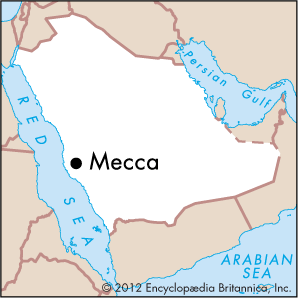
Baghdad (MAP)
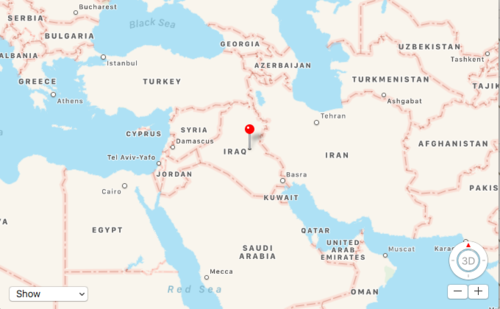
Jerusalem (MAP)
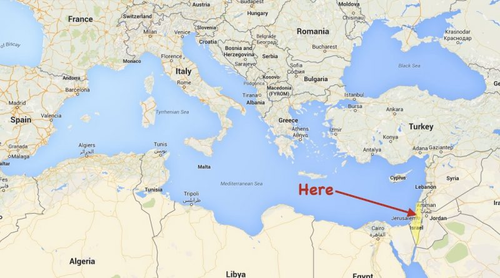
Constantinople/Byzantium (MAP)
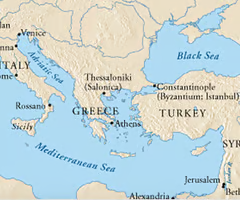
Rome (MAP)
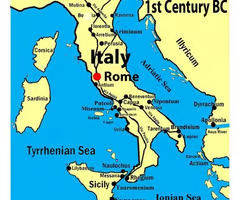
Paris (MAP)
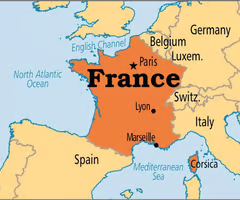
London (MAP)
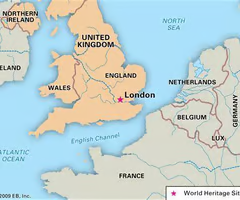
Timbuktu (MAP)
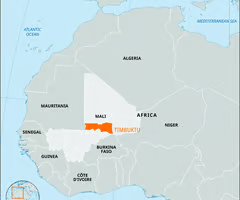
Kilwa (MAP)
**Kilwa is a tiny island located in modern-day southern Tanzania
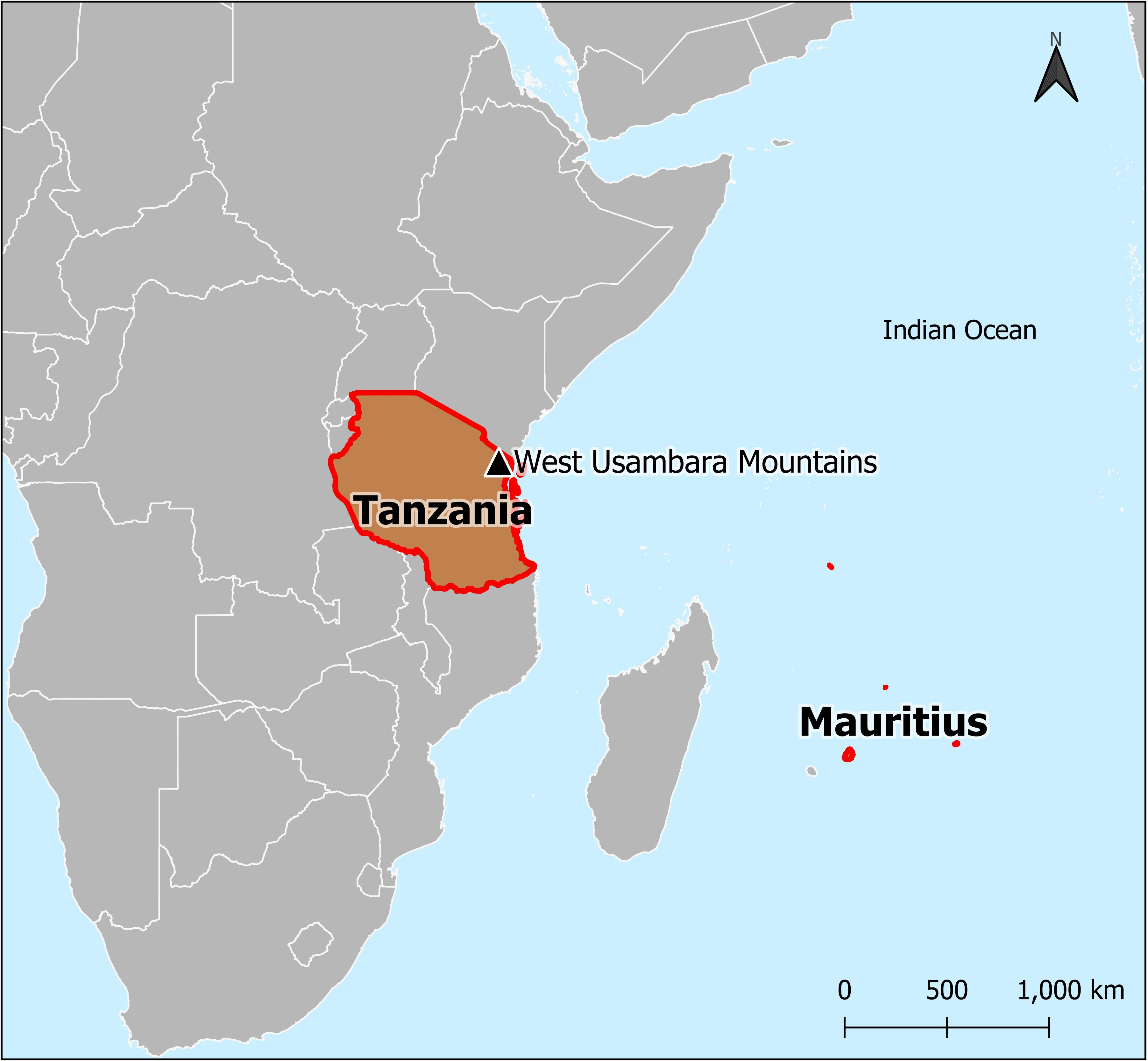
Moscow (MAP)
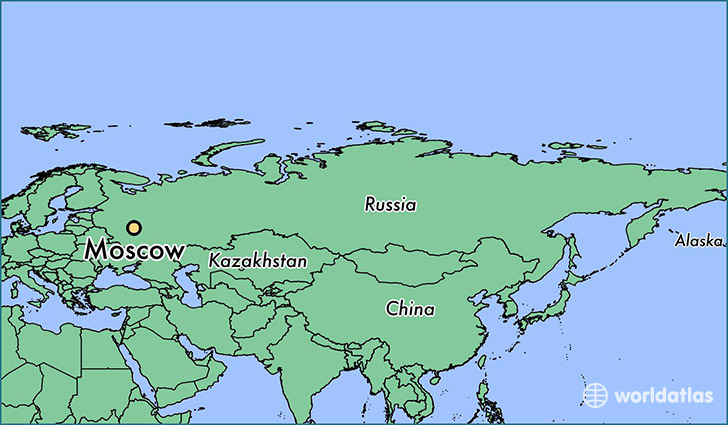
Scandinavia (MAP)
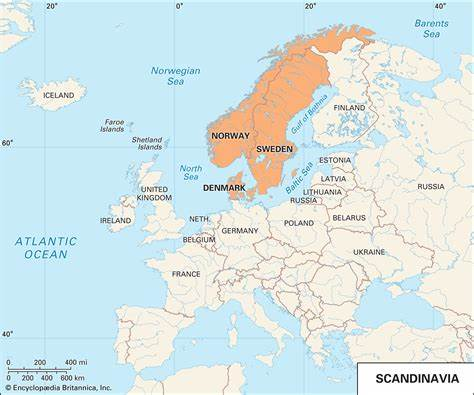
Delhi (MAP)

Hangzhou (MAP)
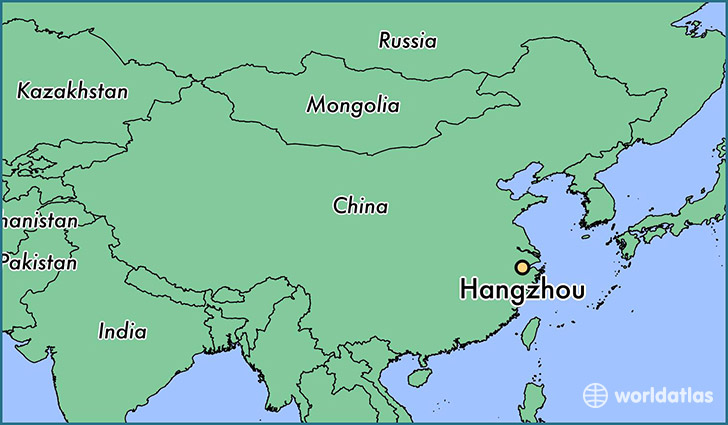
Nile River (MAP)
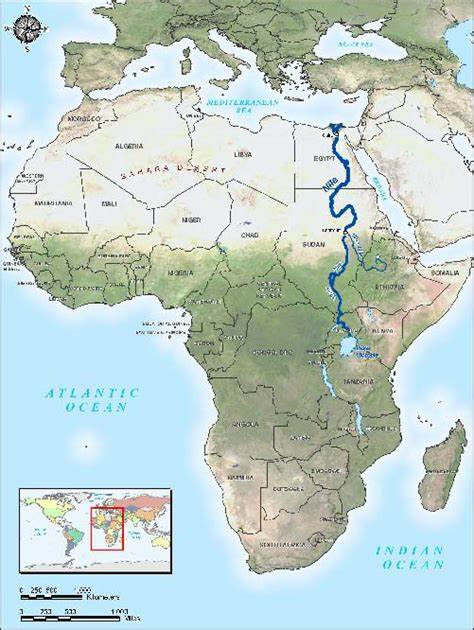
Japan (MAP)
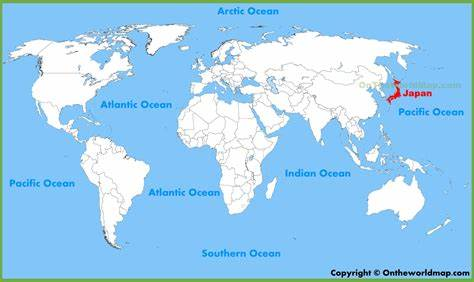
Indus River (MAP)
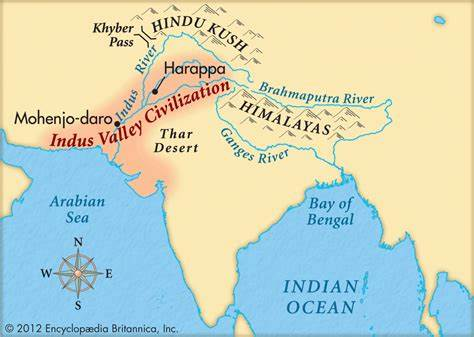
Tigris/Euphrates (MAP)
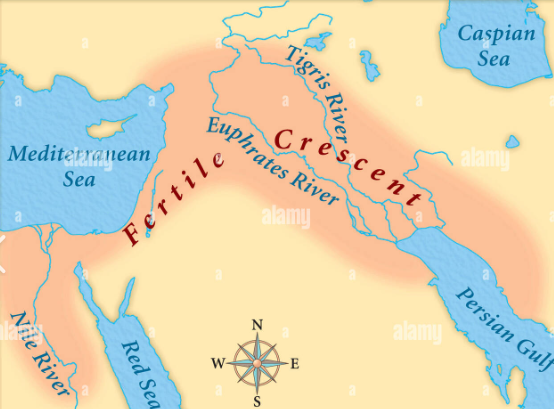
Huang He/Yellow River (MAP)

Atlantic Ocean (MAP)
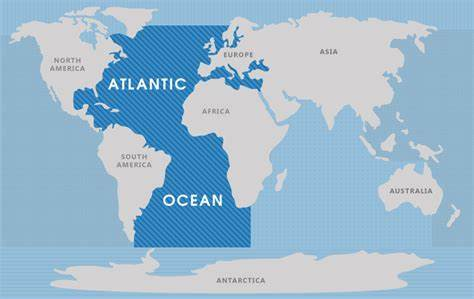
Pacific Ocean (MAP)
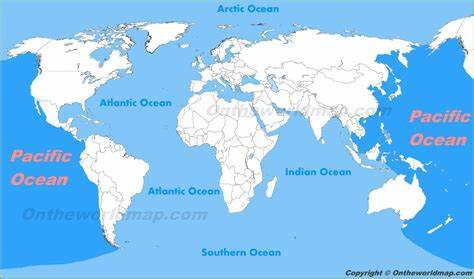
Indian Ocean (MAP)
Mediterranean Sea (MAP)

Black Sea (MAP)
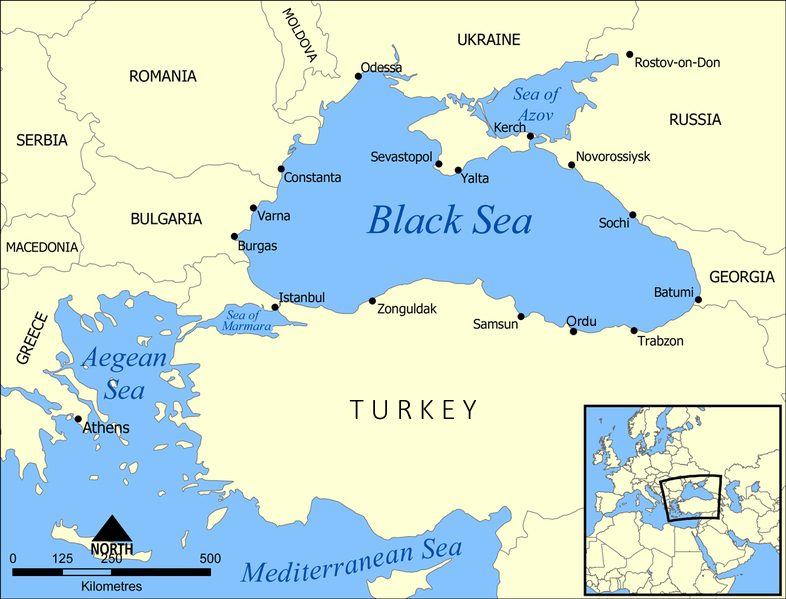
Arabian Sea (MAP)
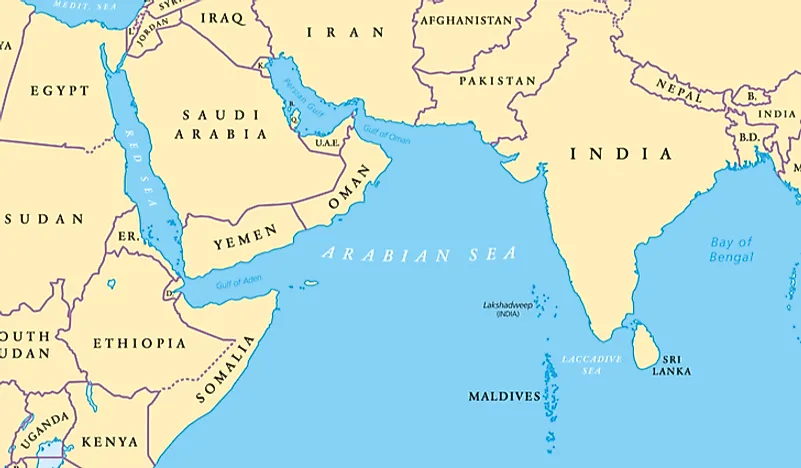
Sahara Desert (MAP)
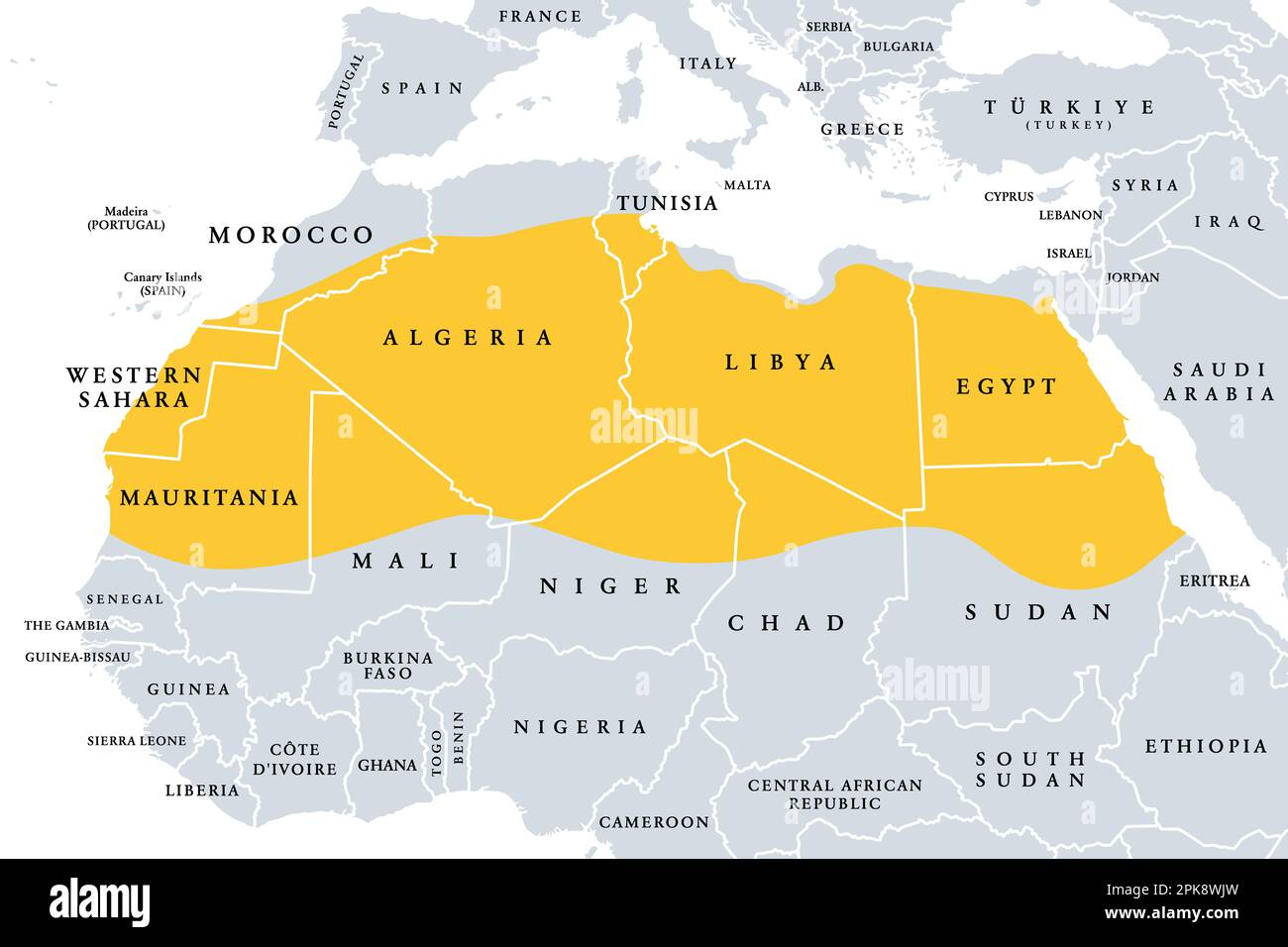
Silk Roads (MAP)
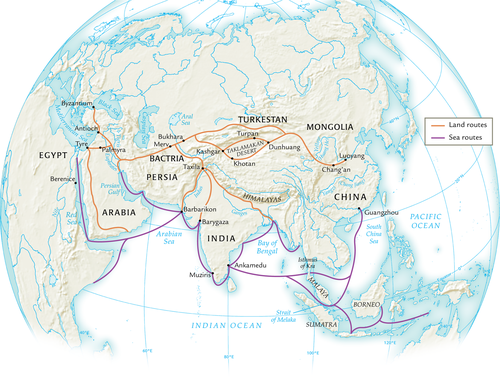
Indian Ocean Trade (MAP)
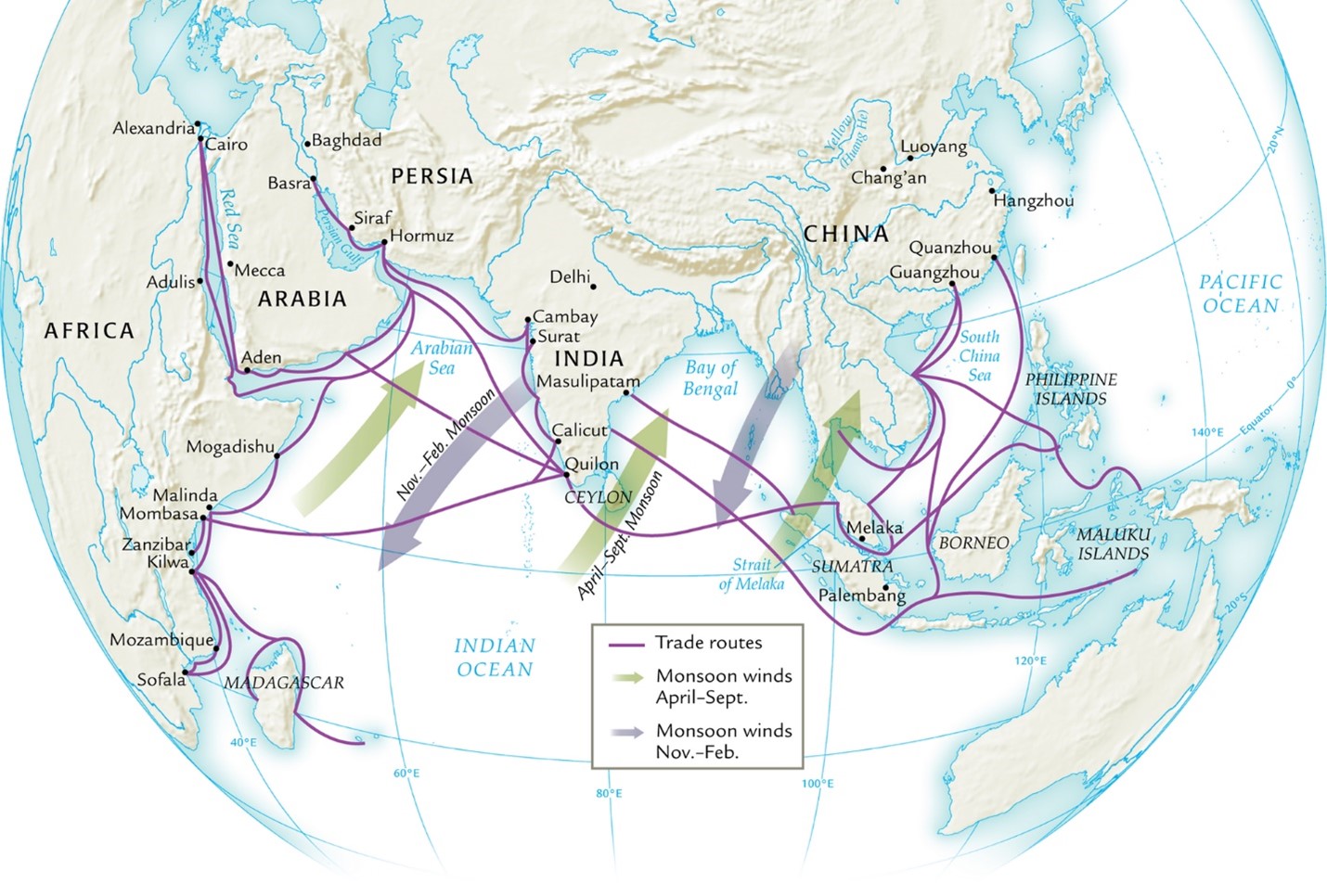
Australia (MAP)
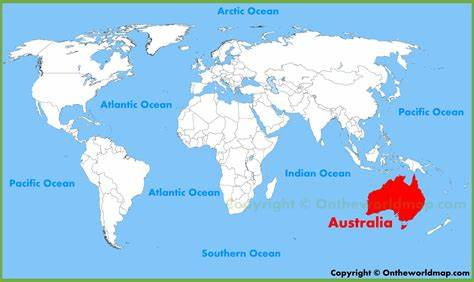
Mali Empire (MAP)

Byzantine Empire (MAP)

Mongol Empire (MAP)
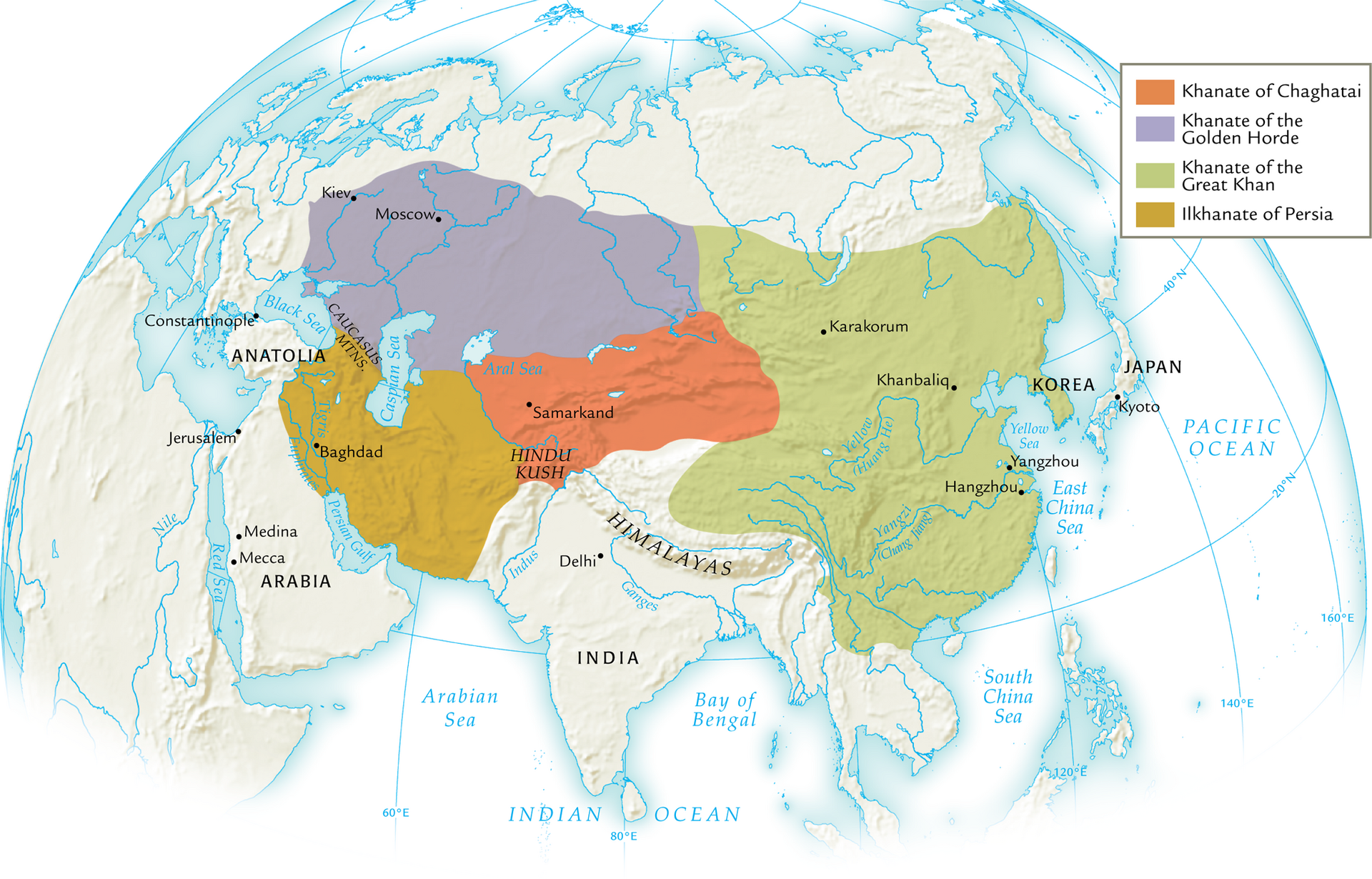
Carolingian Empire (MAP)
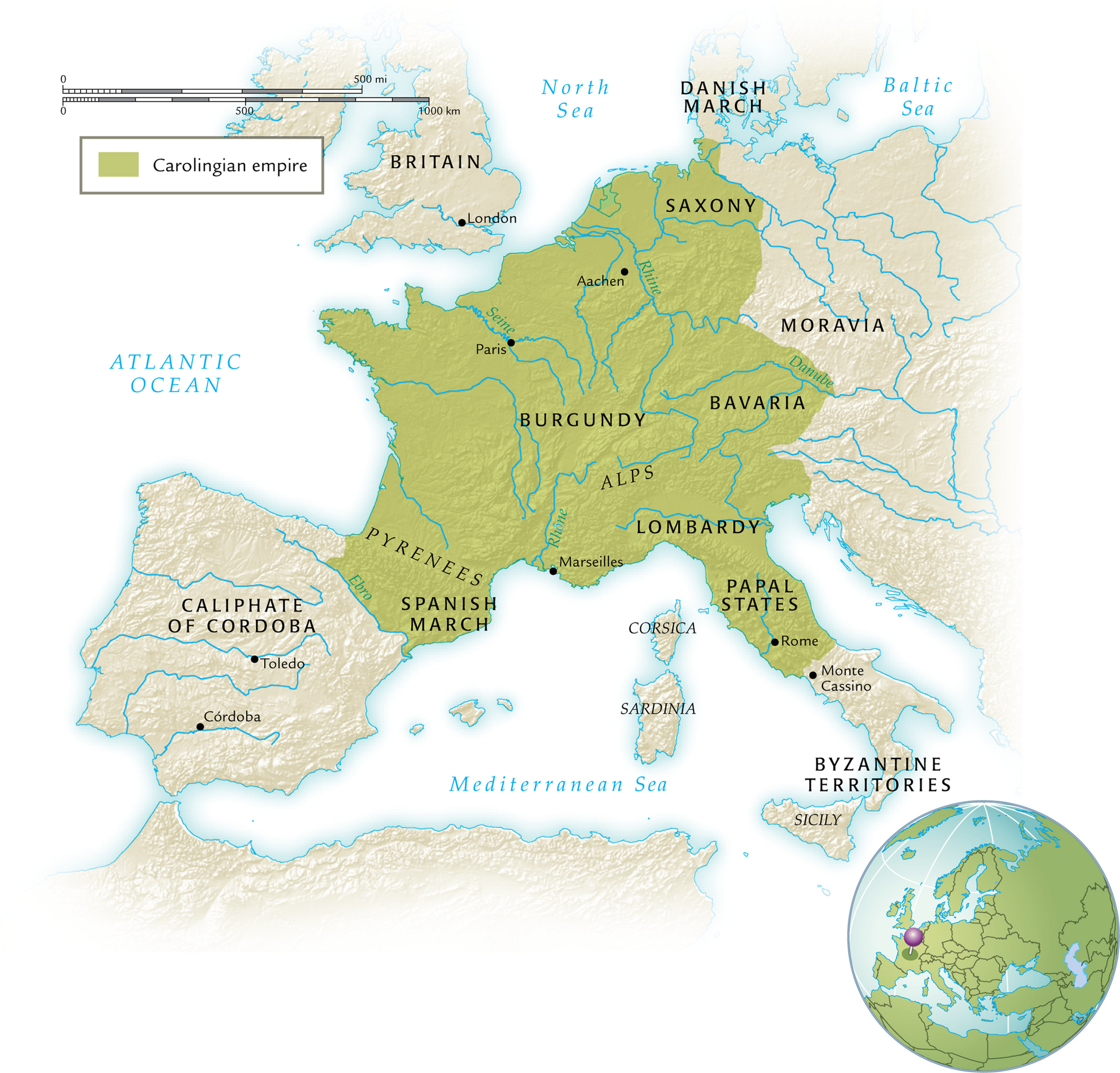
Islam
An Abrahamic, monotheistic faith.
Islam means “To Submit”
Essential Belief: There is no God, but God and Muhammad is his messenger.
Muslim
A Muslim is a person who follows the teachings of Islam.
Allah
Allah is the Arabic word for God.
Muhammad
Muhammad was the Prophet of Allah & founder of Islam. He spent the first 40 years of his life as a merchant. Then he started receiving revelations from Allah in 610 in Mecca that would become the Qur’an.
His preachings led to his persecution and he fled with his followers to Medina. He attempts to take back Mecca and is successful in 630, converting the ruling tribe to Islam and uniting most of Arabia by his death in 632.
Sunni/Shia
After Muhammad died in 632, there was a division in Islam splitting into the Sunni and Shia sects.
Sunni: Largest group in Islam (90%) and believes that the first three Caliphs after Muhammad are the ones who understood the ideas of Islam the best.
Shia: Second largest group in Islam (10%) but they make up the majority in countries like Iran & Iraq. They believe that Muhammad and his descendants are the best source of knowledge about Islam/Qur’an. They view the fourth Caliph as Muhammad’s true heir.
Qur’an
The principal text of Islam. It’s believed to be the direct word of God as dictated through the Archangel Gabriel since the prophet of Islam (Muhammad) was illiterate. It was written in Arabic and contains 114 chapters or “prayers”. References stories found in the Torah and Bible.
Five Pillars
The fundamental practices of Islam:
Submit to Allah
Pray five times daily
Fast during holy month of Ramadan
Give to charity
Pilgrimage to Mecca - the Hajj
Sharia
The body of religious law of Islam that guides Muslims in their conduct and relationship with God, neighbors, and state.
Mosque
Muslim place of worship.
Mecca
The birthplace of Muhammad and the holiest city of Islam. You must be Muslim to enter.
Destination of the Hajj (all Muslims have a goal to complete it at least once in their lifetime).
Caliph
The successors of Muhammad & religious/political leaders of Islam.
dar al-Islam
Literally means the Islamic World. The regions whose rulers and people follow the teachings/beliefs of Islam.
Abbasid Caliphate
Came after the Umayyad Caliphate in 750-1258 CE.
They had a diverse administration, allowing all non-Arabs to govern (even Christians and Jews).
They didn’t focus on imperial expansion (the Umayyad had left them with a sizable region).
They maintained and expanded Persian roads and trading networks, allowing Baghdad (their capitol) to become a center of trade, learning, literature, and art. Considered the “Golden Age Of Islam”.
Eventually, the Abbasid Caliphate declined as regional governors & descendants of the caliph fought for power.
Silk Roads
A network of trade routes that linked China with the West and other regions for over 1500 years. It carried goods (silk, gold, spices, etc) and ideas (religion, culture, etc) between different civilizations.
Tang Dynasty
Post-classical Chinese Dynasty from 618 - 907 CE. They implemented the policies of the Sui but nicer, meaning that workers have better treatment, taxes were low, and prices were low. They created the Equal Field System. Buddhism’s influence also grew during this dynasty. Empress Wu also ruled during this dynasty.
Song Dynasty
Post-classical Chinese Dynasty from 960-1279 CE. Known as the “Golden Age” of China, they placed an emphasis on arts, education, and industry over military (meaning they had a smaller territory). Eventually, high taxes & a corrupt bureaucracy lead to their decline.
Empress Wu
Empress Wu was a controversial ruler from the Tang Dynasty. She did a lot of morally gray things (like killing her daughter) but also did things that helped others.
Some of her achievements included:
Promoting literature/art, supporting women’s rights
Her patronage of Buddhism
Improving agriculture & common life through a policy of economic development
Maintaining China’s imperial sovereignty
Recruiting officials based off of their education.
Equal Field System
System created under the Tang Dynasty where you inherit 20% of land and the other 80% is redistributed. It was a successful system until Buddhist monasteries corrupted it by not having their land redistributed (even though it’s against the 8-fold path).
Grand Canal
Created by the Sui Dynasty, it was a vast canal system over 1200 miles that helped connect Northern & Southern China economically.
Middle Kingdom
They were known as the Middle Kingdom because of their relationships with Korea, Japan, and Vietnam.
Korea: They had a tributary relationship with China (China was more powerful). The Silla kingdom was the most powerful & united. They utilized the Bone Rank System (hereditary caste system).
Vietnam: It was ruled by Chinese officials & was a rich rice growing region. They formed their own state around the end of the Tang but they still played a tributary role. There was a greater role for women in economic & social life.
Japan: China never invaded them but they were worried about how China acted in Korea. Japanese rulers tried to use Chinese practices like having a centralized government and a meritocracy in the 7th century. These weren’t successful so in the Heian period they became decentralized and had an aristocracy.
Vietnamese Rice
Vietnam was a rich rice growing region and they were known for their rice.
This was a drought resistant strain of champa rice. The introduction of this helped the Song Dynasty population double during the bubonic plague.
Terrace Farming
It became widespread in China during the Han dynasty. It allowed farmers to cultivate crops on steep slopes, which allowed them to take advantage of their mountainous region. It also prevented soil erosion and conserved water.
**China wasn’t the only region that used it. This was a common practice in many different parts of the world including the Americas.
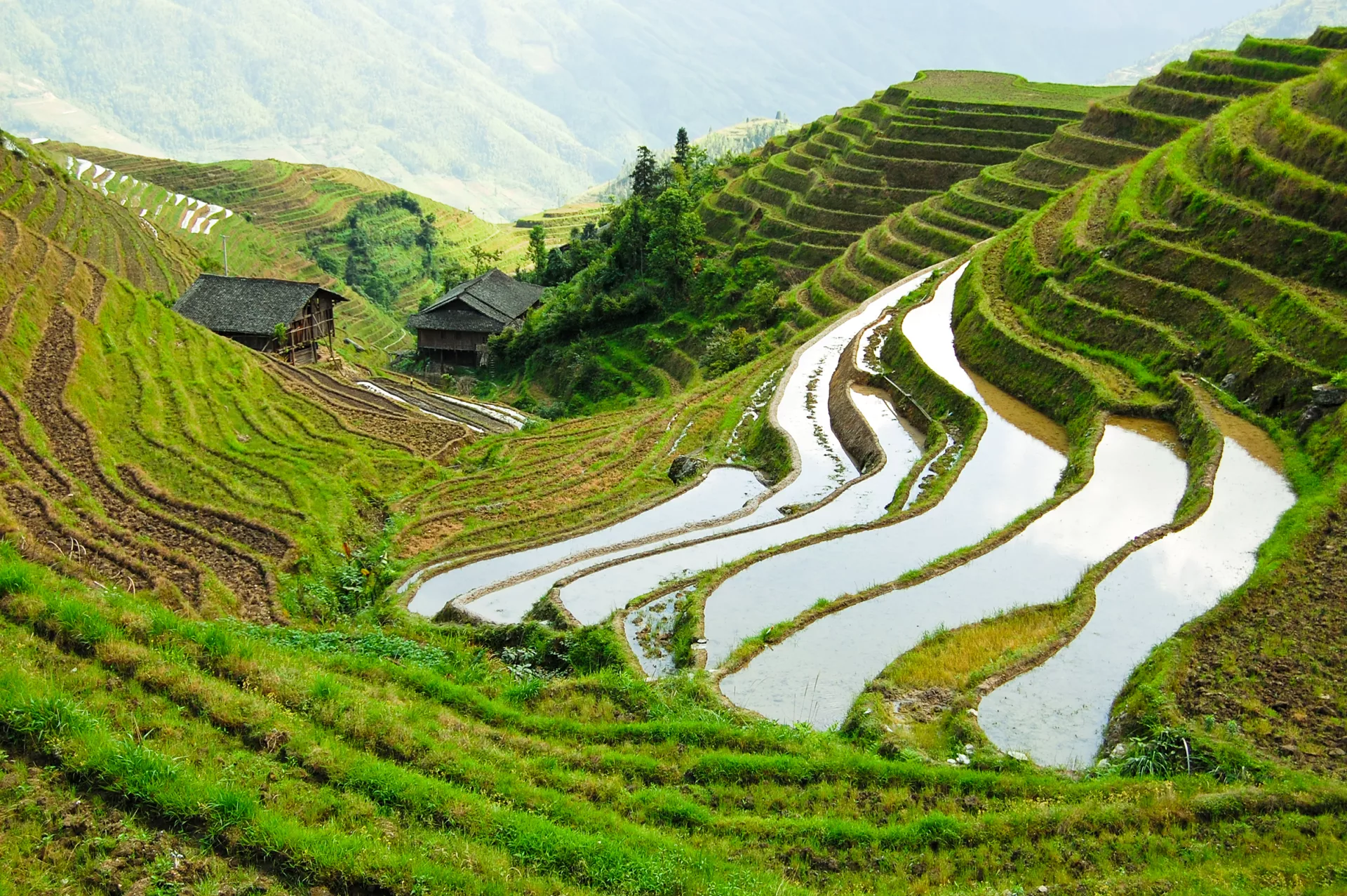
Foot Binding
The practice of wrapping women’s feet to make them smaller. It was done to increase beauty, wealth, and discipline. It made women a more appealing marriage partner and supposedly a better mother. It is seen as a symbol of the patriarchy tightening.
Neo-Confucianism
It was a revival of the various strands of Confucian philosophy and political culture with Buddhist influences from the Tang dynasty. It spread during the Song Dynasty.
Hinduism
The oldest world religion (polytheistic) that was influenced and shaped by both Aryans and Dravidians.
Essential Belief: Humans are reincarnated beings whose experiences in this life are shaped by previous lives.
Buddhism
A peaceful religion based on the teachings of Siddhartha Gautama/Buddha. People who followed it weren’t beholden to the Indian Caste System.
Buddhist Monasteries
Places where monks and nuns live and practice Buddhism. They emerged from the retreats that Buddhist monks & nuns took during monsoon season. They can include temples, residence halls, assembly halls, stupas, etc.
Heian Japan
Period in Japan from 794-1185 CE after Japan tried to imitate China’s policies (Nara period). They had a decentralized administration and an aristocracy as opposed to Japan’s previous centralized government and meritocracy. Cultural development was influenced by Chinese traditions, with most literature written in Chinese script and imitating Chinese models. Educated boys would learn Chinese, court officials kept records in Chinese, etc. Since women rarely received a formal Chinese education, they contributed the most to Japanese literature. One of the most notable examples of this is The Tale of Genji.
Shogun
A military governor who ruled in place of the emperor in Japan. Came from the Minamoto clan following Heian rule.
Monsoons
Seasonal change in the direction of prevailing winds, causing wet & dry seasons. These winds affected optimal routes for maritime trade in the Indian Ocean basin as well as influencing agricultural methods in India.
Dhows/Junks
These were ships that were used in trade along the Indian Ocean Basin.
Arabian dhows were made of teak sewn with coconut fiber and carried triangular sails & stern rudders. This lateen sail allowed ships to take advantage of monsoon winds.
Chinese junks were like the 18-wheeler trucks of the Indian Ocean. They had hulls with watertight compartments, stern rudders, comfortable apartments, and many masts with bamboo matting sails.
Emporia
A place where various goods are bought and sold, also known as a marketplace. They were commonly found in India since it was right in the middle of the Indian Ocean basin so traders from both sides of the basin could engage with them.
Jatis
Sub-varnas (social classes) in the Indian caste system that was largely determined by occupation.
Sufis
A member of the smaller, mystical, ascetic branch of Islam founded in the 8th century. They emphasize personal experience with the divine rather than focusing on the teachings of human religious scholars. They can be either Sunni or Shi’a but most are Sunnis.
Constantinople/Byzantium
It became a center of importance after Emperor Constantine made it the capital of the Byzantine Empire (“City of Constantine”). With its location on the Bosphorus Strait it became a thriving city for trade.
Iconoclasm
Literally means “breaking of icons”.
Byzantine Emperor Leo III believed that religious icons took away from pure belief so he decided to destroy all of them. This made all the people who used icons as a way to feel closer to god really angry. After a century they stopped destroying the icons because Leo died and no one else really cared.
Demonstrates the impact of having an emperor who is a political AND a religious leader since they have the power to make religious practice into law.
Western Christendom
The Western half of the Christian church & Roman Empire. Latin speaking empire with Rome as the capital.
Caesaropapism
Caesar = Political Leader & Papism = Head of the Church. It means king over pope.
In Byzantium you were both Emperor AND Pope which was a point of contention with Western Christendom because there was a different King and a different Pope there.
Basically, Church & State are the same thing.
Theme System
This was how Byzantium reorganized the local governments to be more responsive to the threat of Islamic expansion/invasion.
Each theme (district) in the Byzantine Empire was led by a general (loyal to emperor) who had an army to defend it.
By being more organized and having a military leader in charge of each district, it made resistance against invasion much more effective since you could respond instantly instead of waiting for help from Constantinople.
The Franks
Germanic peoples who conquered Gaul & converted to Christianity.
Originally, they were a group of outsiders who moved into Europe from the East. Eventually they became the dominant group living in what would be modern Germany and France. Frankish kings allied with the Catholic Church and more people were willing to join them, expanding their power.
Urban/Rural Society
Urban society refers to life in a city. Byzantium was an urban society since it had many great cities in terms of size & wealth. Since so many Byzantium cities were near the water, they fostered trade which is what led to the growing size and wealth. Important innovation = silk since it led to more wealth for Byzantium and less trade with China.
Rural society refers to Western Christendom since after the fall of the Western Roman Empire, towns survived but cities didn’t. The focus is on agriculture since there’s less trade, meaning you need to make your own food to survive. If you don’t have your own land, you will end up working on someone else’s land. Important innovation = heavy plows since the heavier blade meant digging a deeper furrow faster (more food!).
Vikings
Raiders from Scandinavia who focused on the “trade” more than “raid”. They became part of European society as they became Christianized and started to intermarry with Europeans. As they became Christianized, they stopped trade with the Islamic world since the Catholic Church didn’t like it. Increased exploration and more sophisticated navigation knowledge led the Vikings to eventually move out of the Baltic Sea and into Western Europe & beyond.
Charlemagne
Frankish King from the Carolingian Dynasty who managed to gain more territory/power than any Frankish king before or since. He proclaimed himself Emperor BUT he got it sanctioned by the Pope when visiting Italy (sets precedent that Church needs to approve rule for it to be legitimate).
He had the missi dominici which were administrators who he could send out to make sure things were being done his way.
He centralized imperial rule, had relations with Byzantium & Abbasid caliphate as well.
Feudalism
A political structure where power is based on relationships. Those relationships are based on land and who owns the most so it’s usually seen in rural societies.
Think King → Lord → Knight → Peasant (the people without land who did the work for everyone else; the majority of people).
Japan was also feudalistic during this time so it wasn’t just Western Europe but their structure was a little different. Emperor (but he’s just a figurehead) → Shogun (actual ruler) → Daimyo (wealthy landowners) → Samurai (warriors) → Peasants & Artisans (largest class) → Merchants (lowest class since they didn’t produce anything on their own).
Papacy/Pope
The Papacy is the highest office of the Catholic Church and it’s usually held by the Pope.
Pope Gregory I essentially established the power of the Pope. He set the standard for sacraments like confession which gave the Church more power and defeated bishops who were trying to take power from the office of the Pope and enemies who wanted to attack the city of Rome.
The Patriarchs
Officials of the Church who had to follow the orders of the Emperor (Eastern Orthodox Church doesn’t have independence from political pressure because of Caesaropapism).
Asceticism
Living a life free of physical and social desire. This is why the first monasteries were created.
Monasticism
Practice of living in monasteries.
Originally meant to become a place of holy retreat, monasteries in Western Christendom became social and economic centers that offered medicine, took care of orphans, served as inns, etc.
The Great Schism
Schism = split or break.
Church leaders in Byzantine & Western Europe disagreed on doctrines, rituals, and the church’s authority. The two main points of contention was Constantinople being unhappy with Charlemagne being crowned emperor and Western Europe being unhappy with iconoclasm.
They split into the Roman Catholic Church (Western Christendom) and the Eastern Orthodox Church (Byzantium).
Eastern Orthodox Church
Post schism Byzantium Christian Church.
Roman Catholicism
Post schism Western Christendom Church.
Salt/Gold
These were important trade goods for Ghana, Mali, and Songhai (West African Kingdoms) who used them to help control Trans-Saharan trade.
Sub-Saharan Africa
For much of history, this region was mostly comprised of nomadic hunters and gatherers. This was because geographic barriers like the Sahara Desert and dense forests made movement and the cultivation of crops challenging without the introduction of new technologies.
Then the Bantu people migrated and spread language and metallurgy, leading to increased agricultural production, rising population, and the need for continued expansion.
Caravans
A caravan is a group of people traveling together, often on a trade expedition. It was mainly used in desert areas and throughout the Silk Road where traveling in groups aided in defense against bandits and helped to improve economies of scale in trade.
Bananas
Bananas allowed the Bantu to expand into heavily forested regions by increasing the supply of food available to them and enriching their diets.
Mali Empire
They controlled and taxed almost all trade passing through west Africa. They honored Islam and provided protection, lodging, and comforts for Muslim merchants from the north.
The empire declined when factions crippled the central government, provinces seceded from the empire, and military pressures came from neighboring kingdoms and desert nomads.
They left a tradition of centralized government and ensured Islam’s place in West African society.
Mansa Musa
The most important ruler of the Mali Empire, he took the pilgrimage to Mecca and took a ton of initiative to spread Islam through the empire by building mosques, establishing Islamic schools, etc.
During a high point in his rule, he took a caravan to Cairo and bestowed them with lavish gifts/gold, showcasing the wealth of the empire due to their chokehold on Trans-Saharan trade.
Slave Trade
Slaves were a sign of personal wealth and social status since most African societies didn’t have a concept of private land ownership. Increased trade made slaves a desirable commodity and it set the stage for the Trans-Atlantic slave trade that brought slaves to America.
Guilds
Merchants and workers formed groups that regulated the sale, pricing, and production of goods for their specific trade or craft. They also had social significance since people in guilds formed communities where members regularly socialized with and looked after each other (women were allowed!).
Reconquista
The Crusaders embarked on reconquests/crusades to increase Christianity by curbing Islam’s influence & recapture former Christian territories.
The Reconquest of Sicily was relatively short (20 years) and it spread Christianity through the island using missionaries and clergies so Islam was eventually obsolete.
The Reconquista of Spain was a little more complicated. Christian forces in a small corner of the Iberian peninsula felt threatened by the Muslim caliphate of Cordoba. They conquered half of the peninsula and then defeated the rest with the help of reinforcements from France & England. Once recaptured, they converted the area to Christianity, establishing bishoprics and backing up their religious faith with educational facts.
Italian City-States
They were a series of city-states that competed for power and position in Italy since there wasn’t a single regime controlling the entire peninsula (think Warring States Period + power vacuum?).
Northern Italy was home to several prosperous city-states like Florence.
Central Italy was mostly ruled by the popes and called the Papal State.
Southern Italy was conquered by Norman mercenaries with papal approval.
Regional Monarchies
These kingdoms emerged through medieval Europe in the absence of an effective imperial power (ex. Carolingian Dynasty). Princes established regional monarchies based on relationships between lords and their subjects in England and France, which maintained order & effective governance.
France: Capetian kings emerged from a small noble family but eventually centralized power and authority.
England: Normans established a tightly centralized state.
**Both the Capetians and the Normans often battled and faced challenges from retainers seeking to become independent.
Pope Urban II
He started the crusades in 1095 by warning church leaders that Muslim Turks were threatening the eastern borders of Christendom after receiving a call for reinforcements from the Byzantine Empire.
Crusades
Refers to a holy war.
Expeditions called by a pope when he wanted to fight for and spread Christianity’s influence. The main objectives behind a crusade included increasing Christianity by curbing Islam’s influence, conquering Jerusalem, capturing pagan areas, and recapturing former Christian territories.
Nomads
Groups of people who moved around and traded with settled people as early as the classical era. Common nomads include the Turks and the Mongols.
Nomads did most of their trade/commerce on a small scale since they needed to satisfy their immediate needs but they also participated in long-distance trade networks. They were ideally suited to organize & lead caravans across central Asia because of their familiarity with the region.
Mongols
Nomadic people who lived on the high steppe lands of eastern central Asia. For most of their history, they had strong loyalties to kinship groups, making it difficult to organize a stable society on a large scale. Then came Genghis Khan. He made the Mongols into an expansive empire through the use of fear, violence, and administrative techniques.
Genghis Khan
Born Temüjin, he grew up in poverty after his father died. He rose to power after making an alliance with a prominent Mongol clan leader. He conquered rival contenders for power and turned against troublesome allies to build up a huge empire.
He broke up the Mongols’ tribal organization and created new military units with no tribal affiliations, with leaders chosen based off of their talents + loyalty to him.
He developed a fearsome army (powerful on horseback) that he used for conquest later in his life.
Animism
The belief that all things - animate and inanimate - possess a spirit or an essence. It’s perceived that all things, including animals, plants, rocks, and even words, are animated and have agency/free will. Mostly a feature of indigenous tribal religions.